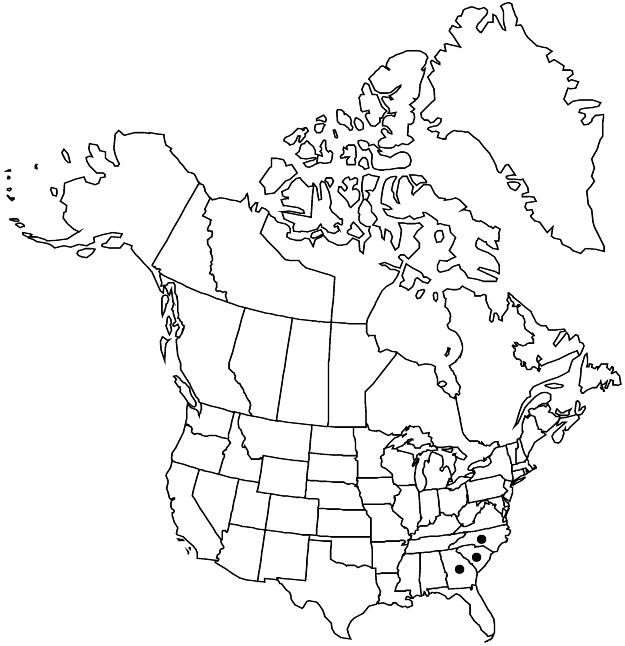Difference between revisions of "Crataegus pexa"
Biltmore Bot. Stud. 1: 116. 1902.
FNA>Volume Importer |
imported>Volume Importer |
||
| Line 54: | Line 54: | ||
|publication year=1902 | |publication year=1902 | ||
|special status=Endemic | |special status=Endemic | ||
| − | |source xml=https:// | + | |source xml=https://bibilujan@bitbucket.org/aafc-mbb/fna-data-curation.git/src/bb6b7e3a7de7d3b7888a1ad48c7fd8f5c722d8d6/coarse_grained_fna_xml/V9/V9_1075.xml |
|subfamily=Rosaceae subfam. Amygdaloideae | |subfamily=Rosaceae subfam. Amygdaloideae | ||
|tribe=Rosaceae tribe Gillenieae | |tribe=Rosaceae tribe Gillenieae | ||
Revision as of 00:25, 28 May 2020
Shrubs, small (on only specimen with indication of stature), branches ± weeping. Stems: twigs: new growth densely white-tomentose, 1-year old dark gray, older gray, ± stout; thorns on twigs usually numerous, slightly to strongly recurved, 1-year old purple-black, older blackish, slender, 3–5(–7) cm. Leaves: petiole length 10–20% blade, tomentose, glandular young; blade dark green mature, obovate to narrowly obovate-rhombic, 1.5–3 cm, stiff and ± coriaceous, base cuneate, lobes 0 or very short and subterminal, sinuses shallow, lobe apex subacute, margins strongly crenate-serrate, veins 2 or 3 per side, apex acute to obtuse, surfaces white-tomentose young, glabrescent. Inflorescences 1–3-flowered; branches tomentose; bracteoles oblong-linear, margins glandular. Flowers 12 mm diam.; hypanthium densely tomentose; sepals ± linear, margins glandular-serrate, abaxially tomentose; anther color not recorded; styles 4. Pomes orange, suborbicular, 8–10 mm diam., tomentose; sepals reflexed; pyrenes 4.
Phenology: Flowering Mar–Apr; fruiting Aug.
Habitat: Dry woodlands
Elevation: 20–200 m
Distribution

Ga., N.C., S.C.
Discussion
Crataegus pexa is widely distributed in North Carolina with a few records from South Carolina and Georgia. The similarities of C. colonica to C. pexa have been noted under that species. Crataegus pexa differs in its often slightly incised and more prominently toothed leaf margins, generally lower plant stature, relatively wider leaf blades, suborbicular fruits, longer and abundant thorns, and strongly flexuous twigs.
Selected References
None.